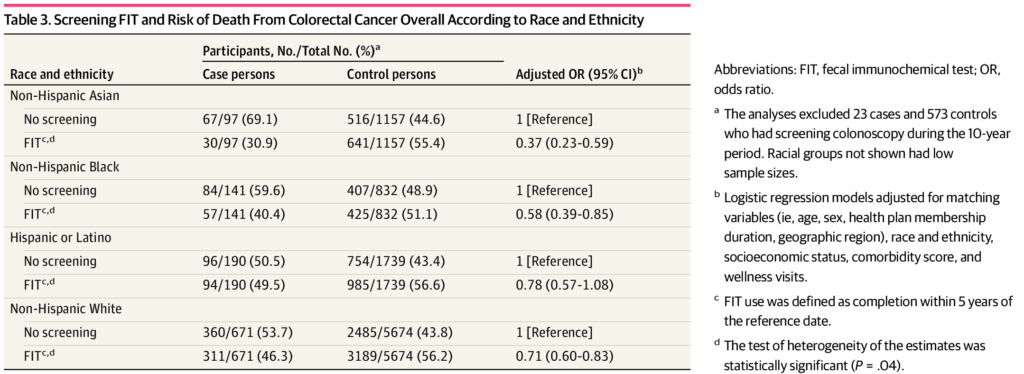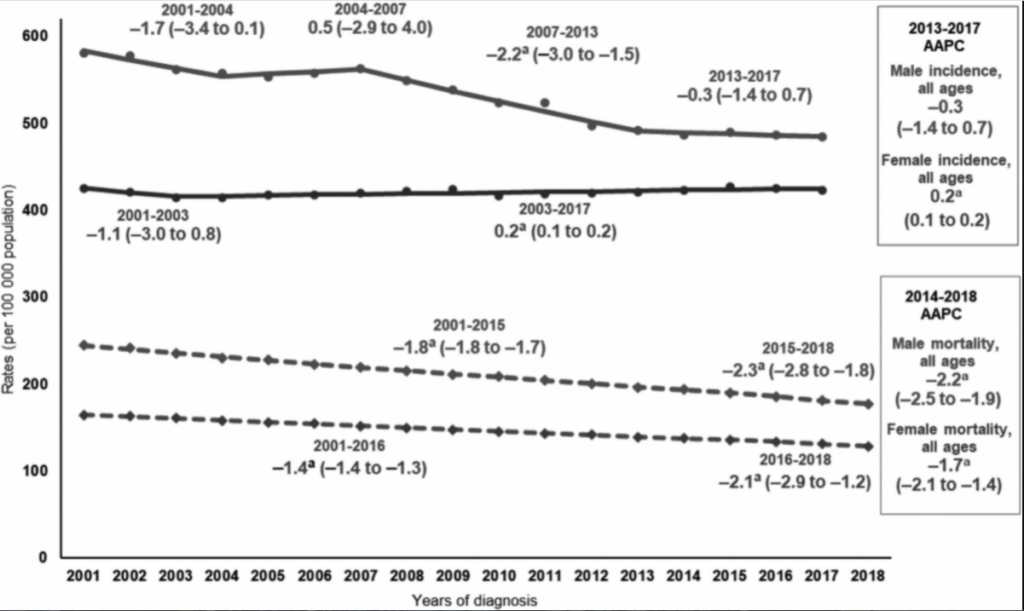Link: https://www.theatlantic.com/health/archive/2024/07/millennials-cancer-death/678896/
Excerpt:
Several years ago, in my work as a palliative-care doctor, I cared for a man in his 60s who had been mostly healthy before he was diagnosed with stomach cancer. After three different treatments had failed him, his oncologist and I told him that a fourth treatment might buy him a few weeks at best. “Send me back to Boston,” he said immediately. He wanted to smell the Atlantic, see his childhood home. He made it there, dying a week later.
My patient died on his own terms: He was comfortable, fully informed about his worsening cancer, and able to decide where he wanted to die, whom he wanted to be with. This is the type of proverbial “good death” that our medical system is slowly learning to strive for—but not necessarily for younger people.
In the hospital room next to this man was a young mother who, like me, was in her 30s. We bonded over our love of ’90s music and the Southern California beaches where we’d built sandcastles as children and stayed out late as teenagers. She, too, was dying of Stage 4 stomach cancer; I first met her when her oncology team asked if I could help manage her pain and nausea. She would rest her hands on her protruding belly, swollen with fluid and gas because cancer blocked her bowels; she couldn’t eat, so medications and liquid nutrition dripped through a large catheter threaded up a blood vessel in her arm and into her heart.
Author(s): Sunita Puri
Publication Date: 5 July 2024
Publication Site: The Atlantic




